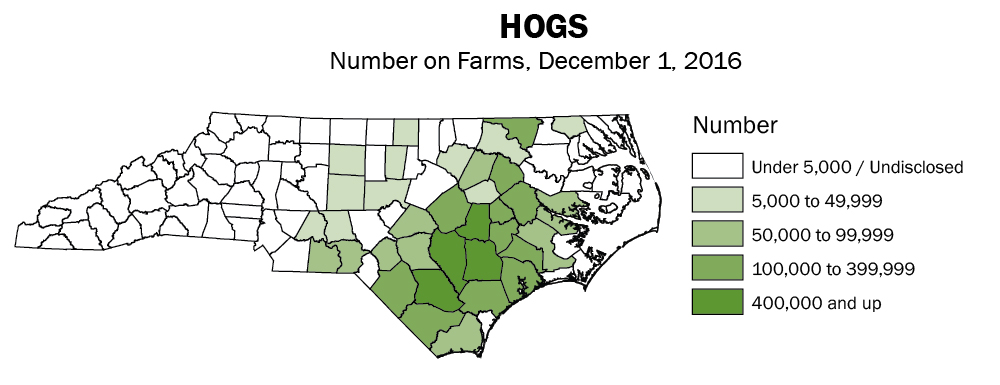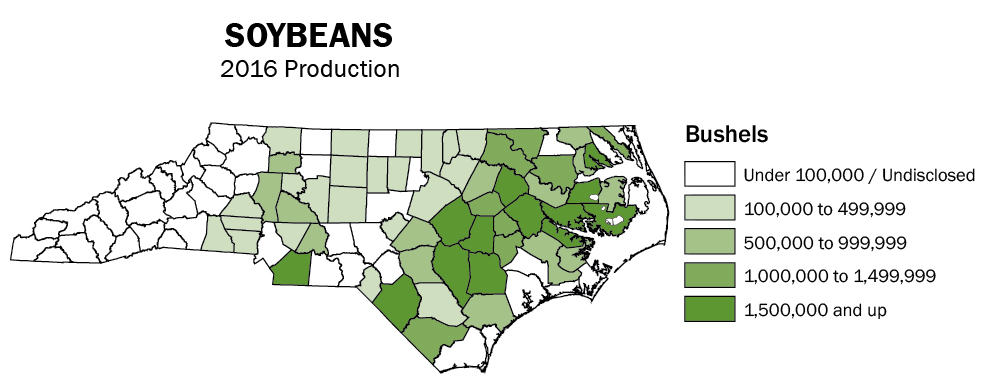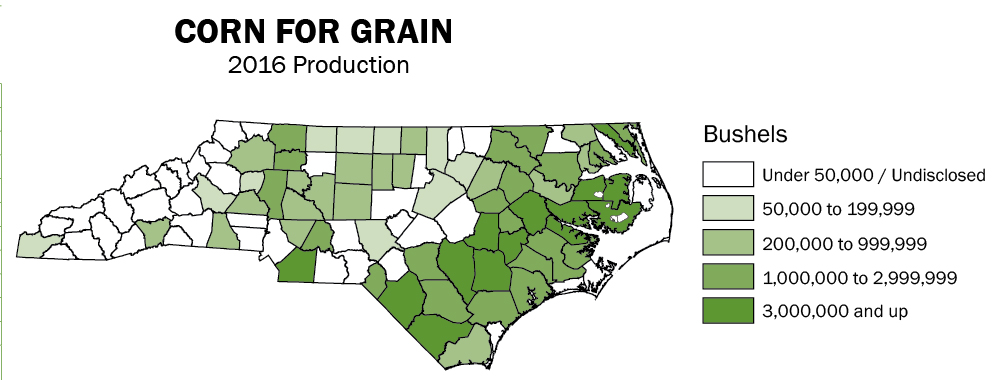North Carolina is one of the nation’s leading hog producers with more than 2,000 permitted farms. Most of them are in eastern North Carolina. Sampson and Duplin County, alone, account for about 40 percent of all the pigs and hogs raised in our state.
So, why are hog farms located where they are?
The answer is simple.
They are located in rural farming communities that have an abundance of nearby corn and soybeans (the main ingredients in feed) and are within a short drive of pork processing plants.
When the industry began to grew significantly in the late 1980s and early 1990s, it was because tobacco farmers were being encouraged to diversify so they were less reliant on tobacco. And there were plenty of tobacco farmers in eastern North Carolina.
Look at the other issues:
Close to Pork Processing Plants
Smithfield Foods received approval to build a large processing plant in Tar Heel, NC in 1989. Other plants — located in Sampson, Lenoir and Wilson counties — have been in operation for decades. That’s four processing plants in eastern North Carolina.
Close to Corn and Soybeans
Hog farms need an abundant supply of affordable feed nearby. And eastern North Carolina has an ample supply of both corn and soybeans. Look at these maps and see if you can spot a trend:
— Andy Curliss, CEO



